When it comes to kitchen renovations, laminate countertops have always been a popular choice, and for good reason. They offer a budget-friendly alternative to more expensive materials like granite or quartz while still delivering a wide range of design options. I’ve found that laminate countertops have evolved significantly over the years. The advancements in technology have allowed for designs that closely mimic the look of natural stone, wood, or even stainless steel. This opens up a world of possibilities for homeowners who want a stylish kitchen without breaking the bank.
One of the things I appreciate most about laminate countertops is their versatility. Whether you’re going for a sleek, modern look or a more traditional, rustic vibe, there’s a laminate design that can fit your style. The sheer variety of colors, patterns, and textures available is staggering. You can choose from classic stone-like finishes to bold, abstract designs that make a statement. The ease of customization is another advantage. With laminate, it’s possible to create edge profiles that range from simple straight edges to more intricate ogee designs, adding an extra layer of sophistication to your kitchen.
In addition to being aesthetically pleasing, laminate countertops are also highly functional. I’ve found that they’re incredibly easy to clean and maintain. A simple wipe with a damp cloth is usually all it takes to keep them looking new. This is particularly important in a kitchen environment where spills and splatters are common. Unlike some natural materials, laminate doesn’t require regular sealing or special cleaning products, which makes it a low-maintenance option for busy households. However, it’s worth noting that while laminate is resistant to stains, it’s not completely impervious to damage. Sharp objects and high heat can cause scratches or burns, so it’s important to use cutting boards and trivets to protect the surface.
Durability is another key factor that makes laminate countertops appealing. Although they may not be as hard-wearing as granite or quartz, modern laminates are designed to be quite resilient. With proper care, they can last for many years without showing significant signs of wear. I’ve seen laminate countertops withstand the test of time in many kitchens, making them a cost-effective choice for long-term use. The laminate’s ability to resist moisture is also a big plus, especially in areas near sinks or dishwashers where water damage can be a concern.
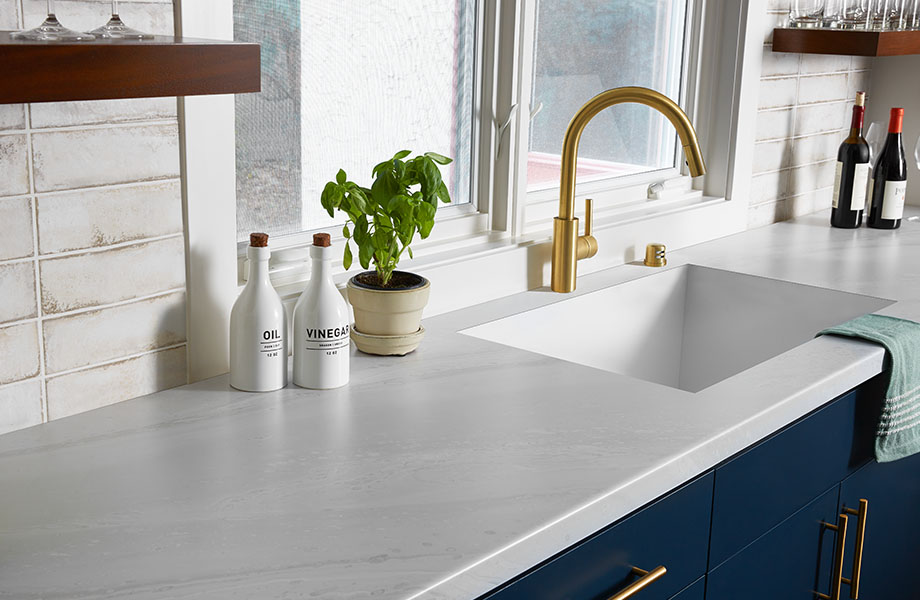
One of the concerns I often hear about laminate countertops is the potential for seams to be visible. Unlike solid surfaces, where seams can be virtually invisible, laminate countertops will have seams that can be noticeable, especially in larger installations. However, I’ve found that with careful planning and professional installation, these seams can be minimized. Choosing a laminate pattern with a busy design or a darker color can also help to make the seams less noticeable. It’s also important to consider the edge treatment; post-formed laminate countertops, where the laminate wraps around the edge, can help to hide seams and create a more seamless look.
Environmental sustainability is becoming increasingly important in design choices, and laminate countertops offer some eco-friendly benefits. Many manufacturers now produce laminate using recycled materials or low-emission adhesives, which reduces the environmental impact. Additionally, because laminate is lightweight and easy to transport, it has a smaller carbon footprint compared to heavier materials like stone. I’ve found that laminate countertops can be a responsible choice for those looking to reduce their kitchen’s environmental impact without sacrificing style or functionality.
Another aspect I value in laminate countertops is the ease of installation. For those who are handy, laminate countertops can be a DIY-friendly project. They can be cut to size with standard woodworking tools and installed relatively quickly. However, for a more professional finish, I recommend hiring a skilled installer, especially for more complex designs or when dealing with large, uninterrupted surfaces. A professional installation can ensure that the seams are aligned correctly and that the edges are finished smoothly, which can significantly enhance the overall appearance of the countertop.

Cost is, of course, a major consideration in any kitchen renovation, and laminate countertops offer excellent value for the money. They are typically much less expensive than natural stone or solid surface countertops, making them an attractive option for budget-conscious homeowners. However, the lower cost doesn’t mean you have to compromise on quality or design. I’ve found that the latest laminate countertops can rival the appearance of much more expensive materials, giving you the look of luxury at a fraction of the cost.
One of the unique features of laminate countertops is the ability to incorporate custom graphics or patterns. This opens up endless possibilities for personalization. For instance, if you’re a fan of a particular artwork or design, you can have it printed directly onto the laminate surface. This level of customization is hard to achieve with other countertop materials. I’ve seen some truly unique and creative kitchens that make use of this capability, turning the countertop into a focal point that reflects the homeowner’s personality and tastes.
While laminate countertops have many advantages, they also have some limitations that are worth considering. For instance, they’re not as heat-resistant as stone or quartz countertops. Placing a hot pan directly on the surface can cause damage, so it’s important to always use trivets or hot pads. Additionally, while laminate is quite durable, it’s not scratch-proof. Over time, heavy use can lead to scratches, especially in high-traffic areas of the kitchen. However, I’ve found that with careful use and regular maintenance, these issues can be minimized.
Another consideration is the potential for delamination. Over time, the adhesive that holds the laminate to the substrate can weaken, leading to the laminate peeling away from the countertop. This is more likely to occur in areas with high moisture or where the countertop is exposed to significant temperature fluctuations. However, I’ve found that choosing a high-quality laminate and ensuring proper installation can greatly reduce the risk of delamination. If delamination does occur, it’s often possible to repair the damage with a little glue and some clamps, although in some cases, a section of the countertop may need to be replaced.

One of the things I’ve noticed about laminate countertops is how they can affect the overall ambiance of a kitchen. Because they’re available in such a wide range of colors and patterns, they can be used to create a specific mood or atmosphere. For instance, a light-colored, marble-like laminate can make a small kitchen feel more open and airy, while a dark, textured laminate can add warmth and richness to a larger space. I’ve found that the right laminate countertop can be a key element in achieving the desired look and feel of a kitchen.
Laminate countertops also offer the advantage of being easy to update or replace. If your tastes change or if the countertop becomes damaged over time, it’s relatively simple to remove the old laminate and replace it with a new design. This flexibility is something I appreciate, especially in a world where design trends are constantly evolving. Unlike more permanent materials, laminate allows you to keep your kitchen looking fresh and up-to-date without a major investment.
In terms of resale value, laminate countertops may not add as much value to your home as natural stone or quartz. However, they can still be a selling point, particularly if they’re well-maintained and fit with the overall style of the kitchen. I’ve found that in many cases, a well-chosen laminate countertop can enhance the appeal of a home, especially if it complements the rest of the kitchen’s design. For those planning to sell their home in the future, laminate can be a cost-effective way to update the kitchen and make it more attractive to potential buyers.
Laminate countertops offer a blend of style, functionality, and affordability that’s hard to beat. They’re versatile, easy to maintain, and available in a wide range of designs, making them a great choice for any kitchen. While they do have some limitations, such as vulnerability to heat and scratches, these can be managed with proper care. For those looking for an affordable, customizable, and stylish countertop option, laminate is worth considering.

Common Mistakes to Avoid
Choosing the Wrong Pattern or Color: One of the most common mistakes I’ve seen is selecting a laminate pattern or color that doesn’t complement the rest of the kitchen. It’s important to consider how the countertop will look with your cabinets, flooring, and backsplash. A pattern that looks great in the store might not work well in your kitchen’s lighting or with its existing elements.
Neglecting Edge Treatments: The edge of your laminate countertop is just as important as the surface. I’ve noticed that some people overlook this detail, opting for a basic edge that doesn’t enhance the overall design. Investing in a more decorative edge can make a big difference in the countertop’s appearance.
Underestimating the Importance of Professional Installation: While laminate countertops can be a DIY project, improper installation can lead to visible seams, misaligned edges, and even delamination over time. I’ve found that hiring a professional installer ensures that the countertop looks its best and lasts longer.
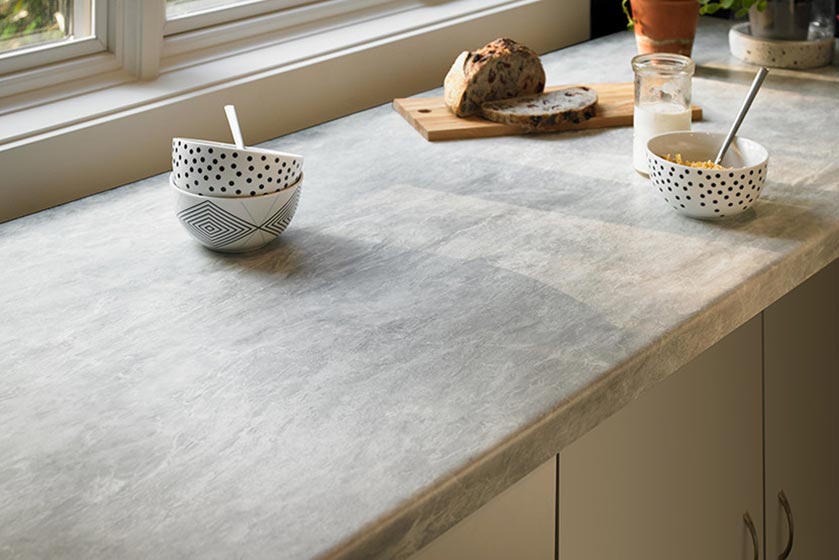
Ignoring Maintenance Instructions: Although laminate countertops are low-maintenance, they still require proper care to stay in good condition. I’ve seen cases where people use abrasive cleaners or cut directly on the surface, leading to scratches and damage. Following the manufacturer’s care instructions is crucial for longevity.
Not Considering Future Trends: While it’s important to choose a laminate design that you love, it’s also worth thinking about how it will age. I’ve found that some bold patterns can quickly become dated. Opting for a more classic or timeless design can ensure that your countertop remains stylish for years to come.
Overlooking the Impact of Seams: Seams in laminate countertops are inevitable, especially in larger kitchens. I’ve noticed that some people underestimate how visible these seams can be, particularly with certain patterns. Planning the layout carefully and choosing a pattern that disguises seams can help achieve a more seamless look.
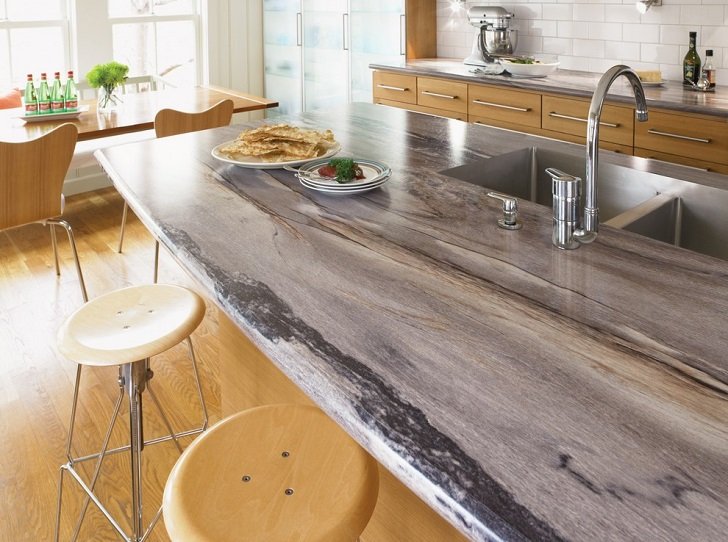
How durable are laminate countertops compared to other materials?
Laminate countertops are generally quite durable, especially considering their cost. They’re resistant to stains, easy to clean, and can last for many years with proper care. However, they’re not as heat-resistant as granite or quartz, and they can be scratched by sharp objects. I recommend always using trivets and cutting boards to protect the surface. While they may not last as long as stone, I’ve found that with regular maintenance, laminate countertops can offer many years of use.
Can laminate countertops be repaired if they get damaged?
Yes, minor damage to laminate countertops can often be repaired. Small scratches can sometimes be buffed out with a gentle polish, and minor chips can be filled with a laminate repair paste. If the damage is more severe, such as a large burn mark or deep gouge, you might need to replace a section of the countertop. I’ve found that with careful maintenance, most laminate countertops won’t need significant repairs, but it’s good to know that options are available if something does happen.
Are laminate countertops environmentally friendly?
Laminate countertops have become more environmentally friendly in recent years. Many manufacturers use recycled materials and low-emission adhesives, which reduces their environmental impact. Additionally, because laminate is lightweight and easy to transport, it has a smaller carbon footprint than heavier materials like granite. I’ve found that for homeowners looking to reduce their environmental impact, laminate can be a good choice, especially if you select products from eco-conscious manufacturers.
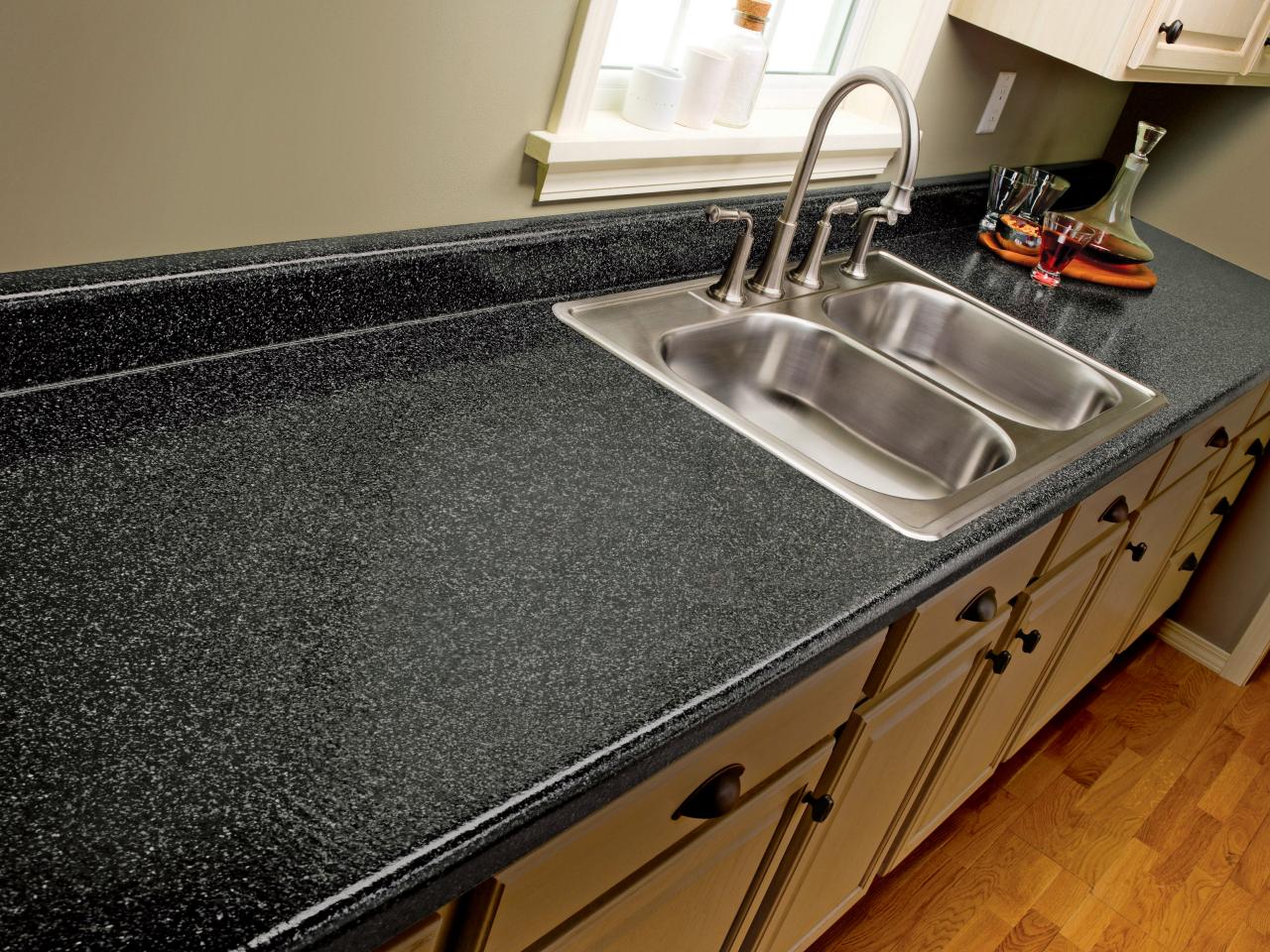
How do I clean and maintain laminate countertops?
Cleaning laminate countertops is simple and doesn’t require any special products. I typically recommend using a damp cloth with mild dish soap for daily cleaning. Avoid abrasive cleaners or scrubbing pads, as these can scratch the surface. It’s also important to wipe up spills promptly to prevent staining. Although laminate is moisture-resistant, standing water can cause damage over time, particularly at the seams. With regular cleaning and a bit of caution, I’ve found that laminate countertops can stay looking new for many years.
Can laminate countertops be customized?
Yes, one of the great advantages of laminate countertops is the ability to customize them. You can choose from a wide range of colors, patterns, and textures, and even incorporate custom graphics or designs. Additionally, laminate countertops can be customized with different edge profiles, from simple straight edges to more elaborate designs. I’ve seen some truly unique kitchens where the laminate countertop serves as a focal point, reflecting the homeowner’s style. Customization is one of the reasons I believe laminate is such a versatile option.
Is it possible to install laminate countertops myself, or should I hire a professional?
While it’s possible to install laminate countertops as a DIY project, I usually recommend hiring a professional, especially for more complex installations. A professional installer can ensure that seams are minimized, edges are properly aligned, and the countertop is securely attached to the base. If you’re experienced with home improvement projects and feel confident in your skills, DIY installation can be a cost-saving option. However, for the best results, particularly in a high-traffic area like the kitchen, I’ve found that professional installation is often worth the investment.
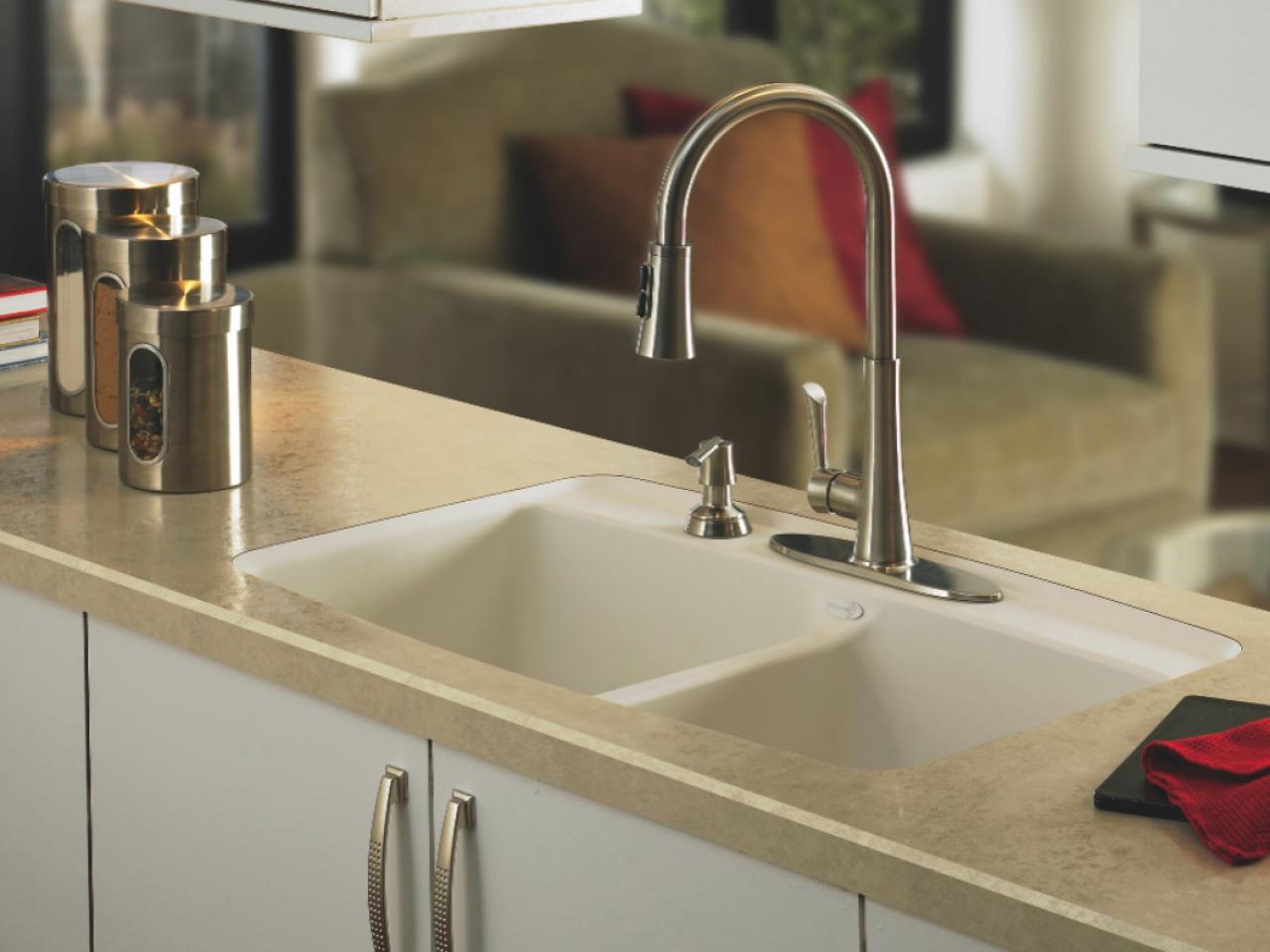
Are Laminate Countertops Making a Comeback?
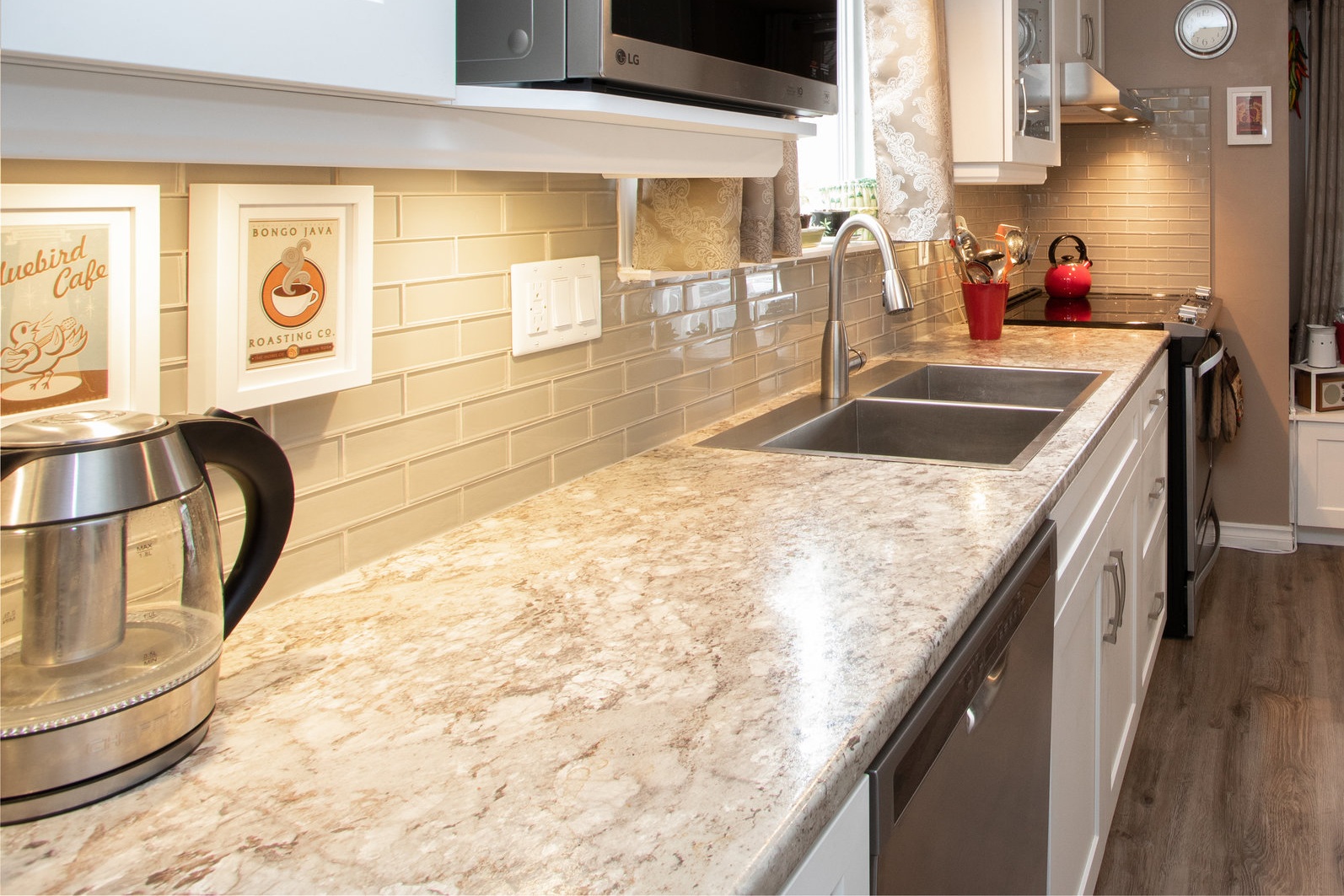
Related articles:
- Retro Laminate Countertops
- Laminate Countertops For Bathroom
- Black Marble Laminate Countertop
- Painting Kitchen Laminate Countertops
- Quartz Laminate Countertops
- Laminate Countertops Installation
- Laminate Countertop For Kitchen Island
- Kitchen Island Laminate Countertops
- Cheap Laminate Countertops
- Laminate Countertops That Look Like Stone